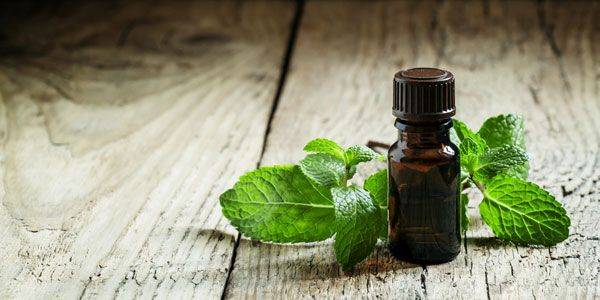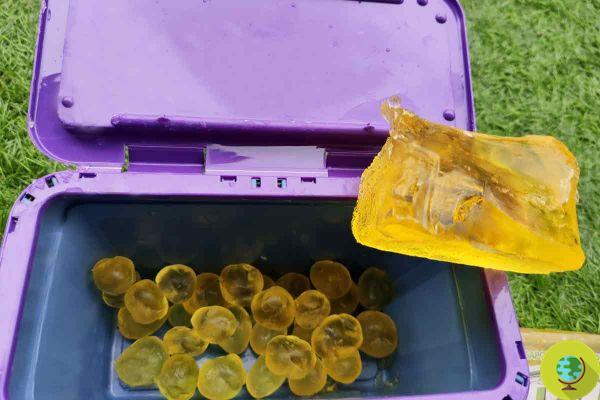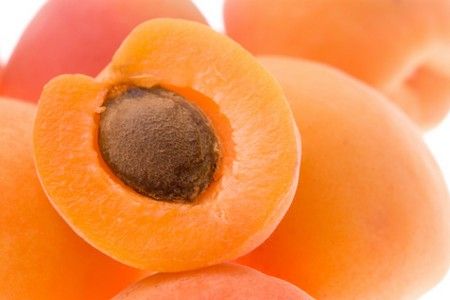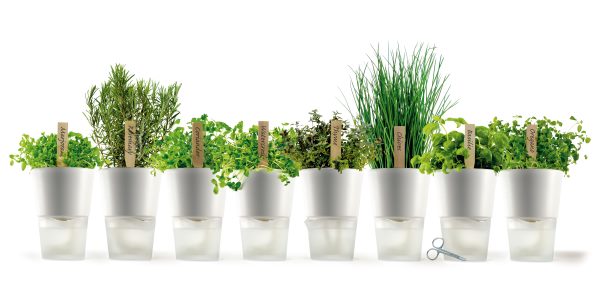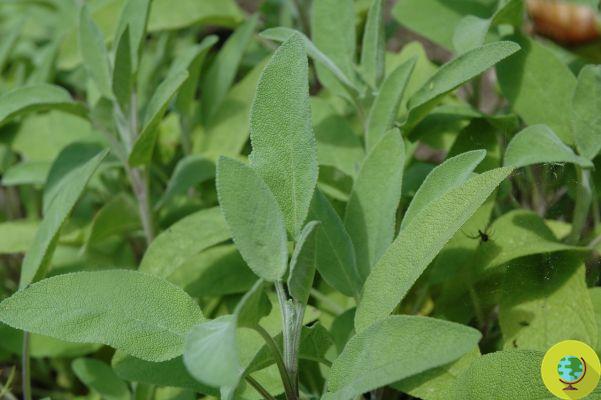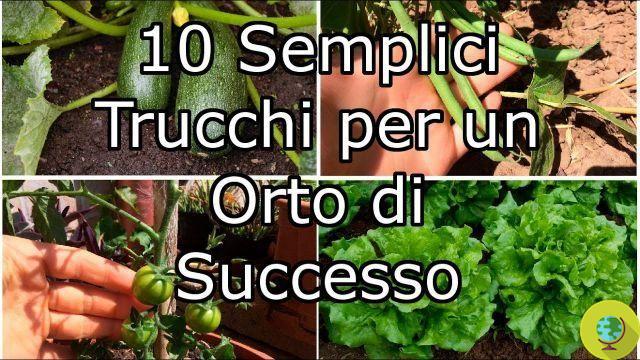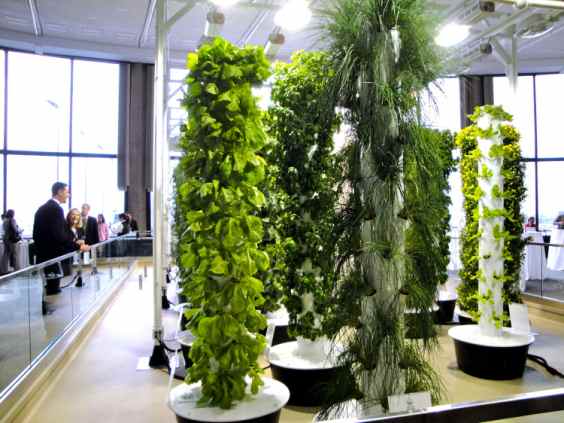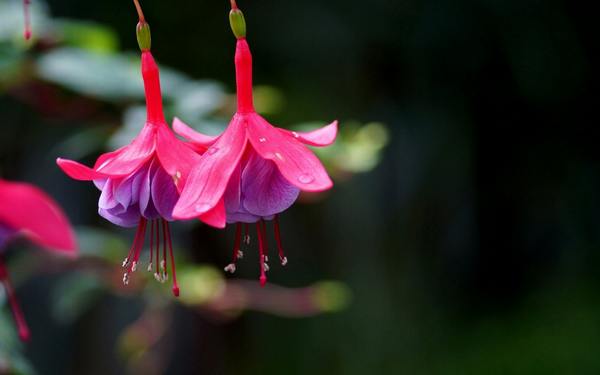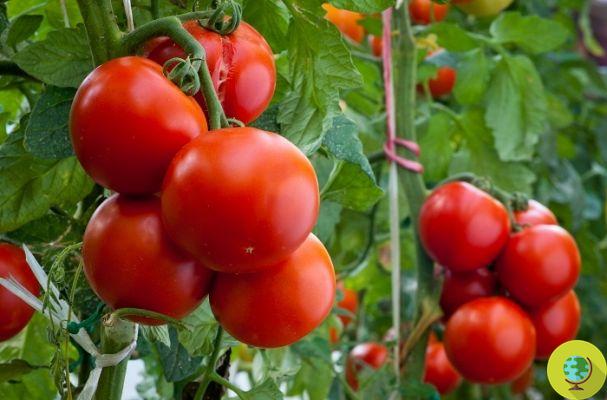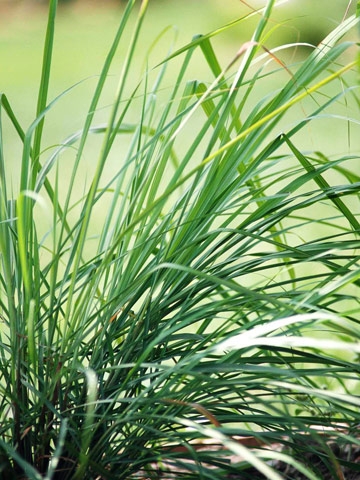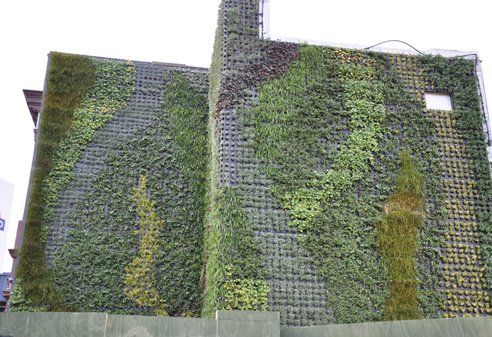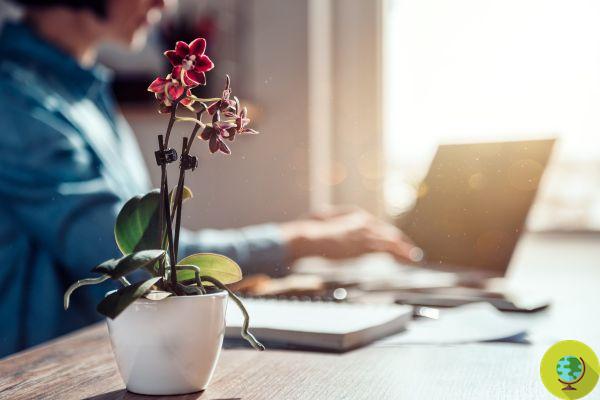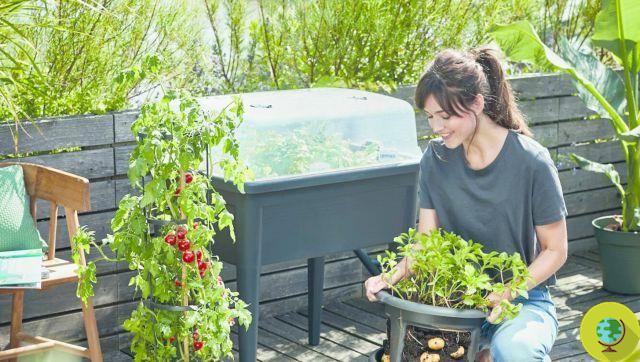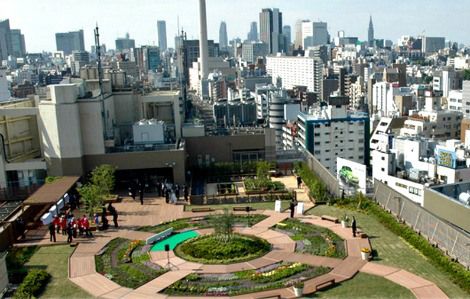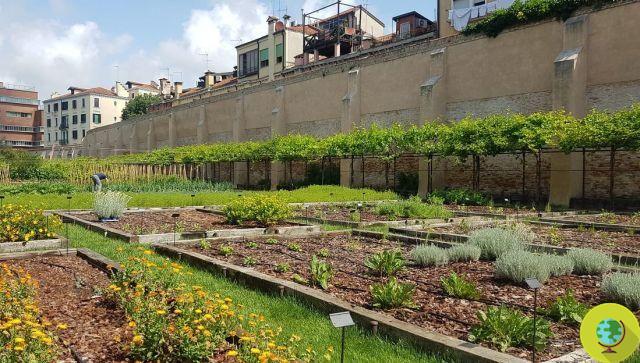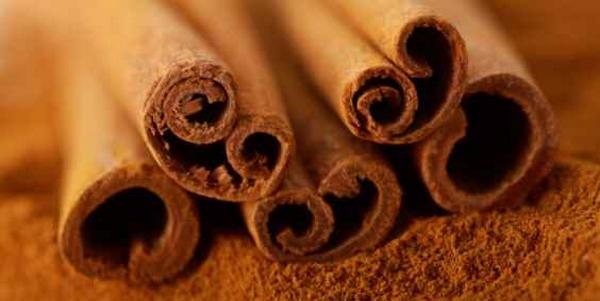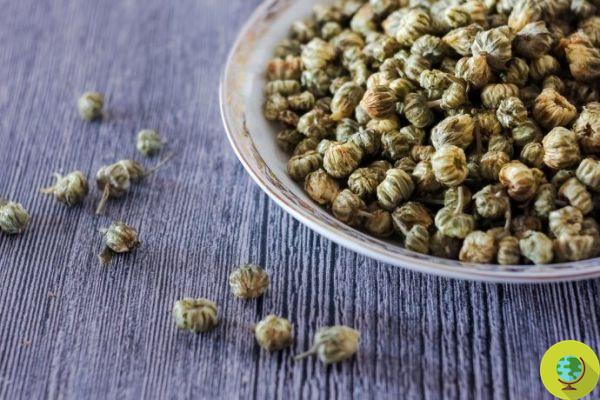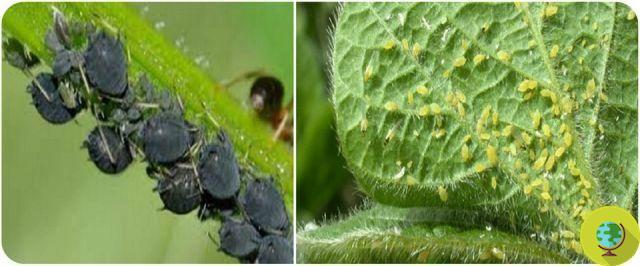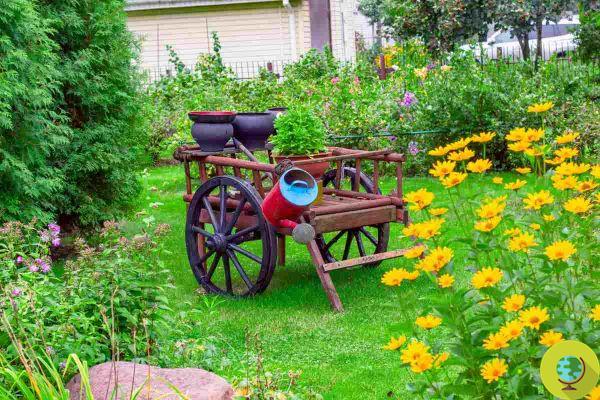Expanded clay, what is it and how to use it in the vegetable garden and in the garden? Where should you buy it and what are the contraindications?
He is about to end up run over, his mother saves himExpanded clay, what is it and how to use it in the vegetable garden and in the garden? Where should you buy it and what are the contraindications?
THEexpanded clay it is a type of clay, particularly dear to those involved in gardening and also useful in the construction sector. Let's find out what it is and the various ways in which it can be used.
You may have noticed, in the shops that sell items for the vegetable garden and the garden, those brown colored balls enclosed in bags of different sizes. It is precisely expanded clay, a material that is made by cooking different types of clays, then grinding them and finally cooking them at very high temperatures and giving them a spherical shape.
The peculiarity of these very light balls (characteristic due to the fact that they have small alveoli inside) is that they are useful for retaining moisture and able to drain water. These peculiarities make them useful both in the gardening and in the building sector.
Index
Properties of expanded clay
The main characteristics of expanded clay are as follows:
- draining
- resistant
- light
- waterproof
- insulating (thermal and acoustic)
- fireproof
Since these are balls made with 100% natural ingredients, their use is also allowed in organic farming.
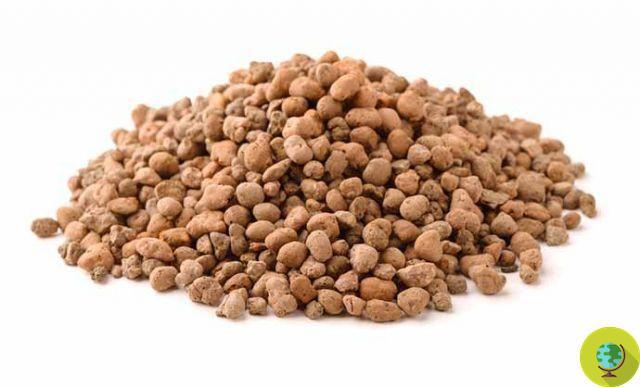
Expanded clay, when to use it
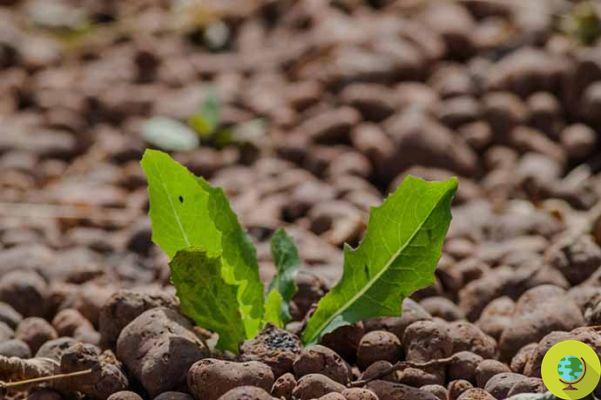
The uses of expanded clay are many. In the field of gardening it can be useful for:
- Drain: this is undoubtedly the most frequent use. For this purpose it is inserted not only in flower boxes but also in the ground where vegetables and fruit plants are grown. In fact, it avoids water stagnation, which is dangerous because it leads to the proliferation of fungi, and therefore guarantees the plants a better growth.
- Mulch: in this case the clay is used to protect plants from bad weather, in particular from cold and ice, but also from thermal changes due to excessive heat.
- Decorative: there are those who use expanded clay in a decorative way. In fact, the small spheres are suitable for creating floral compositions or for decorating flower beds, vases or urban green areas in the best possible way.
- Hydroponic crops: expanded clay is an excellent solution even in case of pot cultivation that does not require the use of soil, in this case replaced by clay spheres.
- Houseplants and bonsai: clay balls can also be useful in guaranteeing better health for houseplants that often suffer from the wrong climatic conditions in which they are forced to live. They are also excellent for bonsai care.
In the construction industry, however, these clay balls are useful as:
- thermal insulation
- to create attics
- fill retaining walls
- fill gaps
- reinforce some parts of constructions made with poor materials
Expanded clay, how to use it
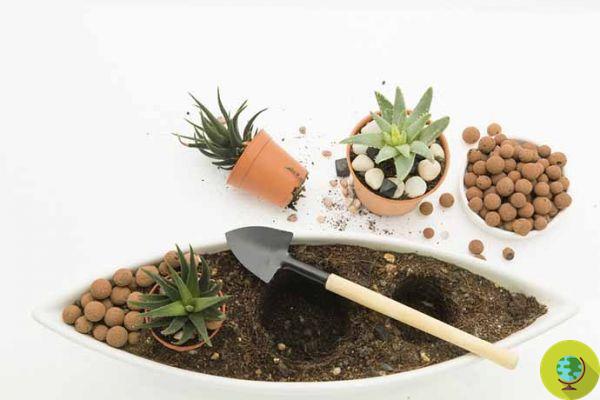
- To drain plants and planters, the expanded clay balls can be placed on the bottom of the pot and then covered with soil and peat. Generally it is recommended to insert a layer of balls of 2-5 centimeters. Alternatively, you can mix a small amount of expanded clay with the soil or use the balls by placing them as the last top layer. These tips are also valid for house plants that with the use of expanded clay will have a better microclimate.
- Another use of expanded clay for avoid stagnation of humidity and maintain a suitable microclimate for plants, is to place the balls in the saucer. An idea that can also be useful if you have to leave the plants for a period, in this way you will keep the humidity at the right levels and prevent them from suffering from "thirst". This solution is good though if you take it bonsai care.
- For mulching the expanded clay is placed so as to protect the plants at the base. To obtain good results it is recommended to use a thickness of about 10 cm.
Expanded clay, where to find it and price
Expanded clay can be found in gardening and construction stores as well as online and is sold in bags of different sizes. The price is not high as these are materials that are easily found and that do not have excessive costs for producers.
Of course, the expanded clay used for the vegetable garden and the garden is different from the one used in construction. They must therefore be purchased by specifying the use that you intend to make of them.
A 50 liter sack of expanded clay for gardening has an approximate cost of 10 euros. The one useful in construction has a higher cost.
Expanded clay, disadvantages
The disadvantages related to expanded clay are mainly environmental. Making the spheres is a very long job. After having produced them, in fact, they must be left inside open-air quarries. Unfortunately, these are often obtained by deforesting green areas.
Another issue concerns the firing to which the clay is subjected which, requiring very high temperatures, often requires the use of chemical substances that produce fumes.
Fortunately, there are also producers who are more attentive to sustainability who sell expanded clay made with greater attention to the environment throughout the production chain. We obviously recommend that you choose these solutions.
Read also:
- 10 bizarre tricks to use for your vegetable garden and garden
- How to make a potted vegetable garden (VIDEO)
- Indoor growing: how to build a do-it-yourself hydroponic system with recycled materials
- 10 rules to make plants live at home




